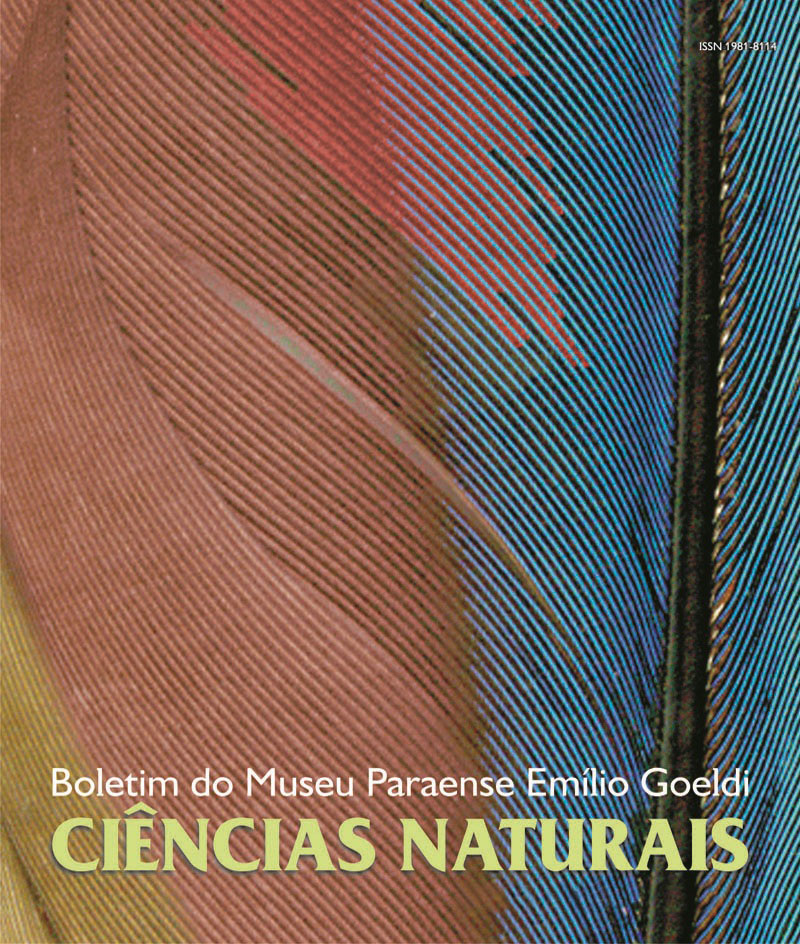Cranial osteology and myology of Megaxenops parnaguae (Furnariidae: Philydorinae)
DOI:
https://doi.org/10.46357/bcnaturais.v2i1.717Keywords:
Megaxenops parnaguae, Osteology, Skull, Myology, Jaw apparatusAbstract
The jaw apparatus of Megaxenops parnaguae was studied and compared with the great part of the genera and species of the Furnariidae. We analysed 137 specimens of the Furnariidae, 13 of the Dendrocolaptidae and 4 of the Formicariidae: the cranial osteology was studied in 144 specimens while the jaw musculature was analysed in 10 specimens. Megaxenops parnaguae showed a relatively smaller postorbital process and the shortest rostrosphenoid; Megaxenops presented osteological cranial similiarities with other foliage-gleaners mainly Philydor, Hyloctites and Automolus infuscatus. The Synallaxinae and the Philydorinae share one commom characteristic: the nasofrontal suture is limited to the median portion of the upper jaw. There are not any characteristic shared by the Philydorinae and Furnariinae. In relation to the jaw musculature M. parnaguae share many characteristics with the two analysed species of Philydor. However, M. parnaguae differs from the other by having three fibers in the M. Adductor mandibulae externus rostralis medialis and one more aponeurosis of insertion (XIII) in the M. pterygoideus ventralis lateralis. Moreover, M. parnaguae showed much more muscular differences when compared with the other two Philydorinae studied.
Downloads
Published
Issue
Section
License
Publication means fully assigning and transferring all copyrights of the manuscript to the journal. The Liability Statement and
Assignment of Copyrights will be enclosed with the notice of acceptance. All the authors must sign the document and return it to the journal.








